Material handling is a critical part of every supply chain and production system. It encompasses the movement, storage, protection, and control of materials and products across manufacturing, warehousing, logistics, and distribution. Whether businesses rely on manual material handling tools or advanced automated material handling systems, the processes and equipment used play a pivotal role in efficiency, safety, and cost control.
This guide explains what is covered under material handling, its systems, equipment, and the industries it supports.
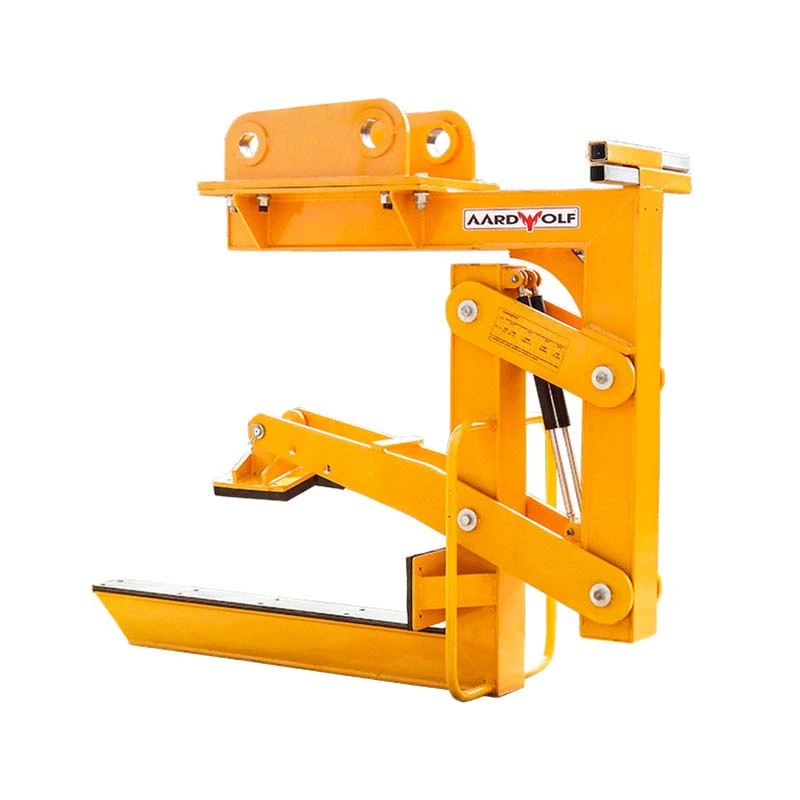
Table of Contents
ToggleUnderstanding Material Handling
At its core, material handling includes every activity related to how materials are collected, moved, and stored until they reach their final point of use. For a deeper breakdown, see What Is Material Handling? Types, Equipment, Functions, Safety, and Warehouse Optimization.
From bulk material handling systems like conveyors and silos to warehouse material handling equipment such as forklifts and pallet jacks, material handling is not limited to one type of industry. Instead, it covers a wide range of applications across manufacturing, logistics, construction, and food processing.
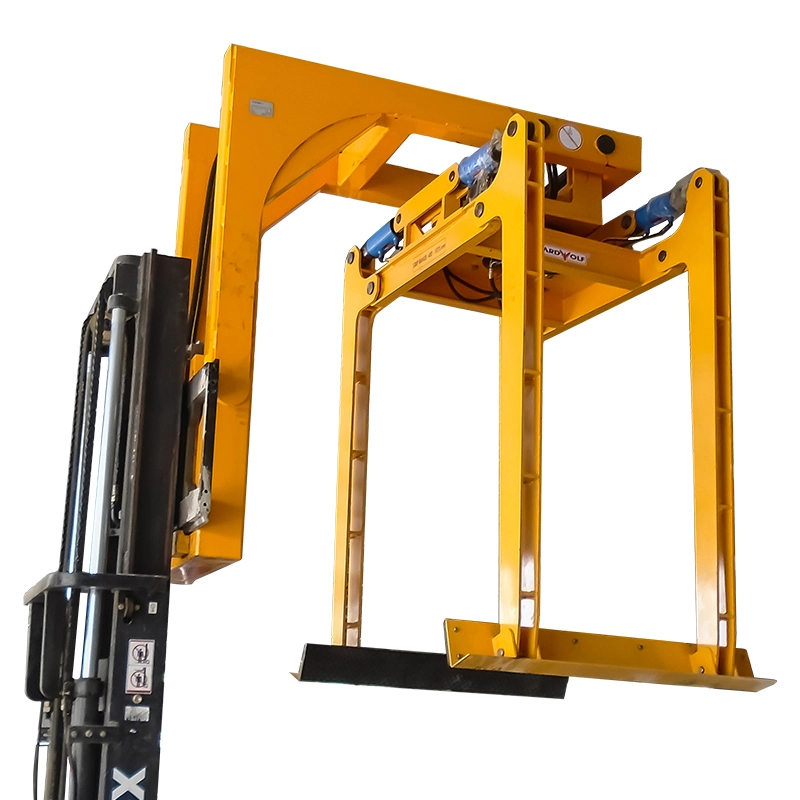
Categories of Material Handling Equipment
1. Manual Material Handling Tools
These include trolleys, carts, and pallet jacks. For example, a stone lifting clamp is a specialized tool used in stone and slab transport.
2. Automated Material Handling Systems
Automated systems like robotic arms, AGVs (Automated Guided Vehicles), and conveyor networks reduce reliance on human labor and increase throughput.
3. Bulk Material Handling Equipment
Silos, hoppers, and conveyors for material handling are used for powders, grains, and heavy raw materials.
4. Warehouse Material Handling Equipment
Forklifts, pallet trucks, and storage racks are standard for material handling for warehouses and distribution centers.
5. Cranes and Hoists
Overhead systems and lifting devices are used in industrial material handling solutions, especially for construction, logistics, and heavy-duty applications.
Key Functions Covered Under Material Handling
Material handling encompasses:
- Transportation: Moving goods between storage, production, and shipping areas.
- Storage & Retrieval: Using warehouses, racks, bins, or silos.
- Protection & Safety: Preventing damage and ensuring compliance with material handling safety standards.
- Control & Tracking: Using barcoding, RFID, and automated systems for real-time visibility.
Industries Covered by Material Handling
- Material Handling for Manufacturing: Feeding production lines with raw materials.
- Material Handling in Construction: Tools like vacuum lifters and the vacuum paver lifter streamline construction workflows.
- Material Handling in Logistics: Ensuring quick loading and unloading of goods.
- Material Handling in Food Industry: Hygienic handling of ingredients and packaging.
- Pharmaceutical Material Handling Systems: Safeguarding delicate powders and medicines.
Benefits of Efficient Material Handling Systems
- Increased Productivity – Streamlined workflows reduce delays.
- Improved Worker Safety – Proper equipment prevents injuries from lifting or repetitive tasks.
- Cost Savings – Automated systems cut labor costs and minimize product damage.
- Scalability – Solutions adapt to small businesses or large industrial needs.
For human workforce impacts, see How Does Material Handling Impact the Human Labor Force?.
Safety in Material Handling
Even with advanced technology, safety remains crucial. Workers should:
- Avoid loose clothing when operating lifters and conveyors.
- Use proper training from material handling training programs.
- Follow ergonomic practices to minimize strain.
For more specialized guidance, equipment such as slab lifters and training in handling oversized loads ensure compliance with global standards.
Choosing the Right Material Handling System
The right solution depends on scale, industry, and budget. Factors to consider include:
- Load size and weight
- Space and facility design
- Industry-specific safety requirements
- Budget for automation vs. manual systems
For detailed guidance, see How to Choose the Right Material Handling System.
Conclusion
So, what is covered under material handling? From the movement of raw materials to the safe delivery of finished goods, material handling spans equipment, systems, safety practices, and workforce training. Whether using simple trolleys or advanced automation, it remains central to productivity, safety, and profitability in industries worldwide.
For companies seeking solutions, exploring platforms like ToolRange or trusted manufacturers ensures access to reliable, efficient, and scalable equipment.
✅ Related Resources:

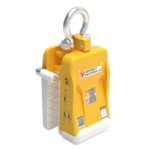
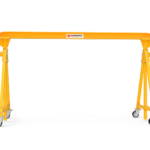
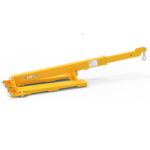
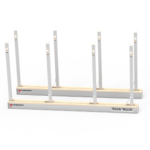
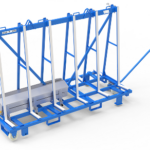
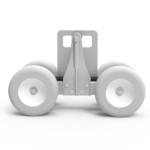
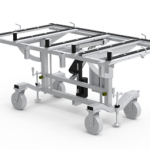
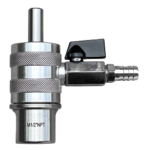
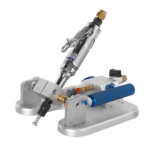
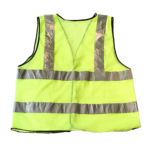
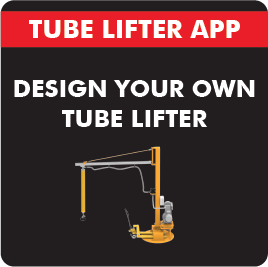
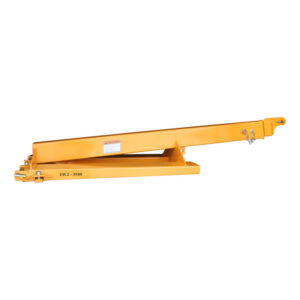
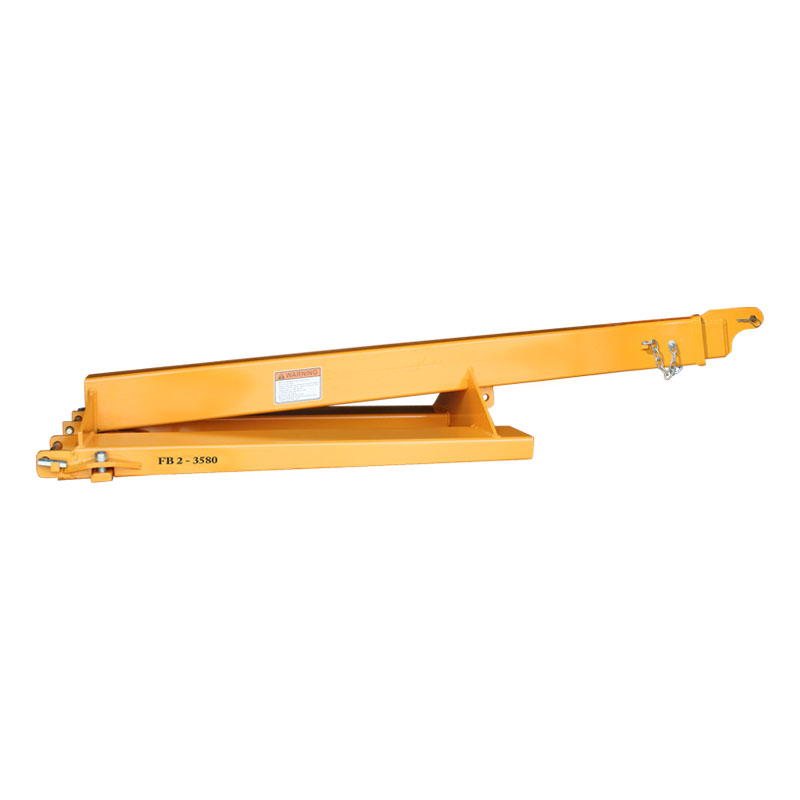
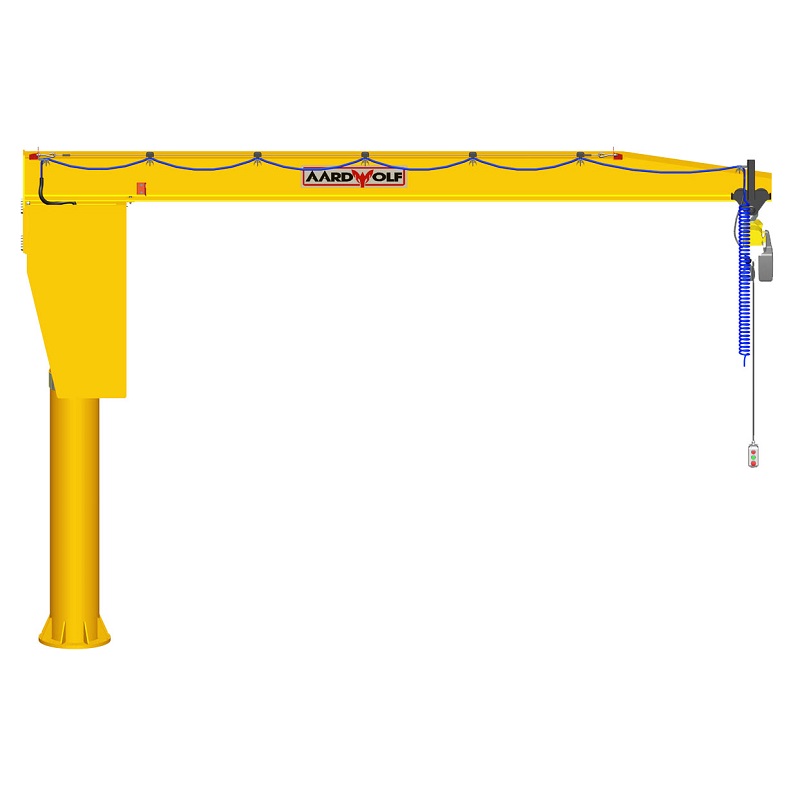


Please log in to leave a comment.